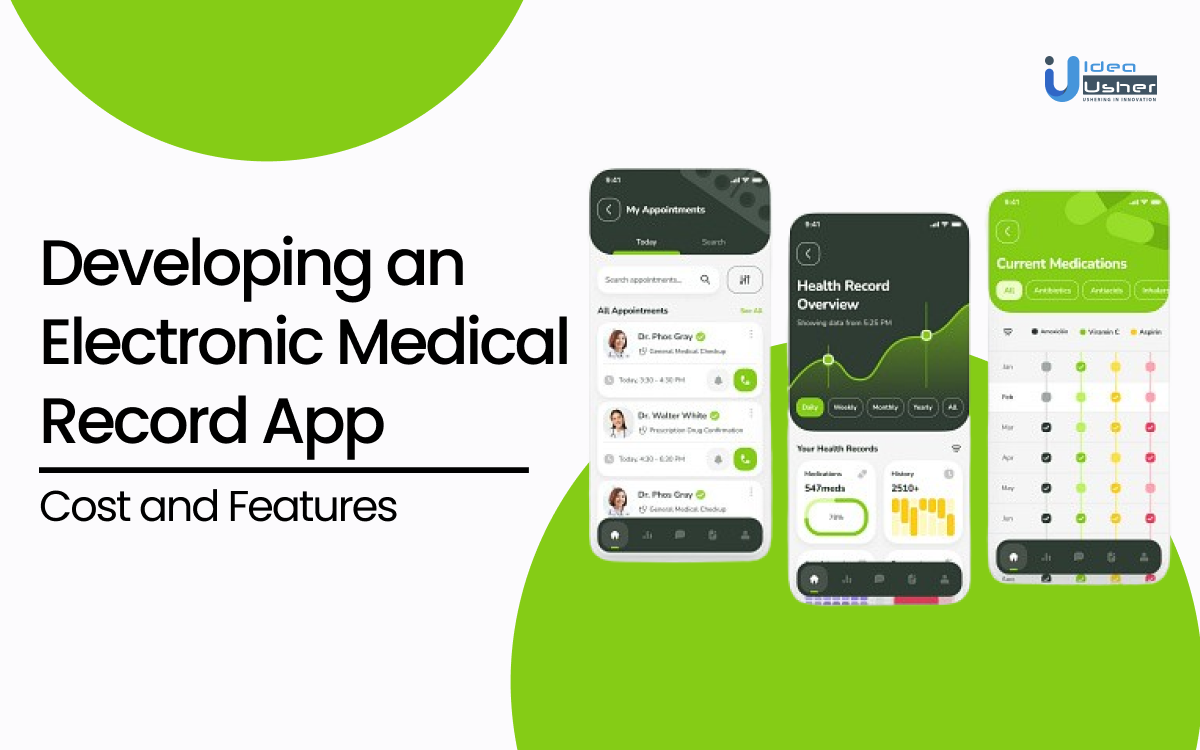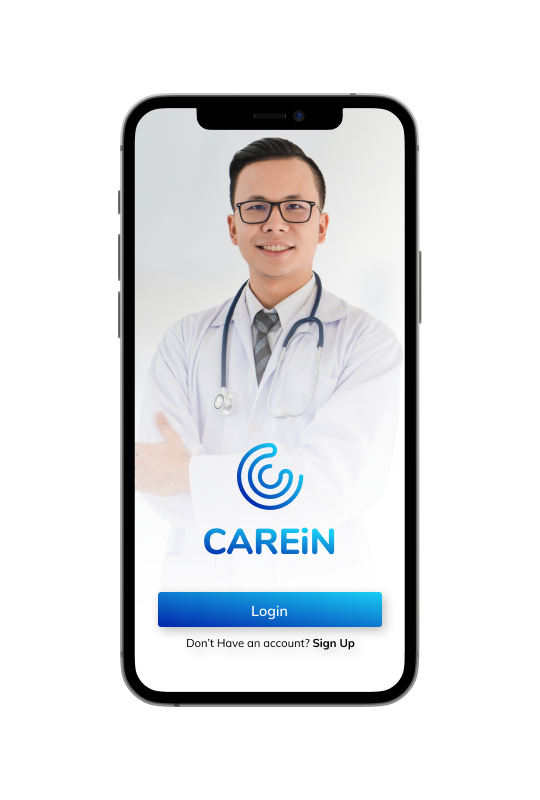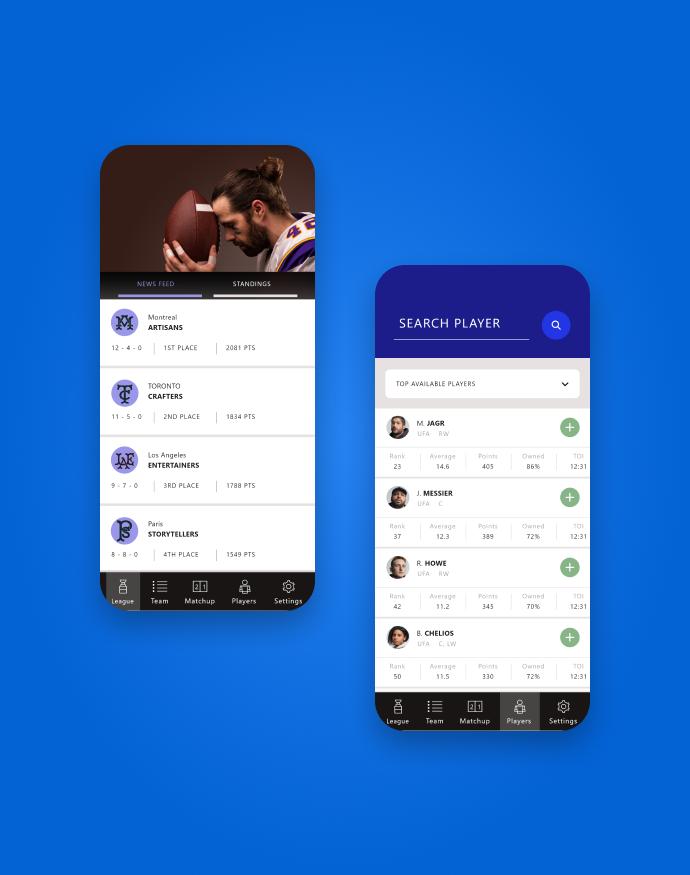People nowadays are increasingly turning to technology for their daily needs, and healthcare is no exception. EMR apps have truly been a game-changer, making it super convenient for individuals to manage their health information and streamline their healthcare experiences. These apps make it easy for people to store, manage, and access their medical records. Additionally, EMR apps can improve communication between patients and healthcare providers, enhance care coordination, and reduce the chances of medical errors.
The global electronic health record apps market size was estimated at USD 783.22 million in 2023 and is expected to grow at a CAGR of 8.87% from 2024 to 2030. Lots of people, including healthcare experts, are interested in using these apps to keep track of their health records. This shows that there’s huge potential for businesses to get involved in this market.
With all these exciting developments, we’re seeing lots of new and one-of-a-kind EMR apps entering the US market. In this blog post, we’ll dive into the full process of creating a successful EMR app, covering everything from design and development to essential features and beyond!
What is an EMR App?
EMR Apps are digital tools that replace traditional paper medical charts. They allow healthcare providers to input, store, and access patient information electronically, improving efficiency and accuracy. Popular healthcare EMR apps include Cerner, Epic Systems, Allscripts, and Practice Fusion.
Major partnerships between EMR providers and technology companies, like Cerner and IBM or Epic Systems and Microsoft, demonstrate the growing importance of EMR apps in healthcare. These collaborations aim to enhance scalability, security, and integration with other healthcare systems.
Key Market Takeaways for EMR Apps
Source: GrandViewResearch
The widespread use of EMRs in medical practices has facilitated the rapid adoption of mobile EHR solutions. The increasing penetration of smartphones is one of the major drivers for the growth of these apps. As per the GSM Association’s “Mobile Economy 2024” report, more than 5 billion people were connected to mobile services in 2023, with unique mobile subscribers projected to reach 6.3 billion by 2030. Additionally, smartphone penetration, which was 69% in 2023, is expected to rise to 74% by 2030.
These market dynamics present significant opportunities for businesses operating in the EMR app market. Investing in cutting-edge features, easy-to-use interfaces, and robust data security measures allows companies to take advantage of the increasing need for efficient and reliable EMR solutions.
Hire ex-FANG developers, with combined 50000+ coding hours experience



Understanding the Business Model of EMR Apps
EMR apps have revolutionized the healthcare industry by digitizing patient records and improving efficiency. Understanding the various business models behind these apps can provide some valuable insights into their growth and development.
1. Subscription Model
This is a common model where healthcare providers pay a recurring fee for access to the EMR app’s features. Subscription-based models often offer comprehensive functionality, including patient charting, medication management, and secure communication. Examples of subscription-based EMR apps include:
- Medfusion: It lets users choose from a variety of subscription plans, with options starting at $39 per month for essential features and ranging up to $199 per month for advanced enterprise solutions.
- Kareo: Provides various subscription options, with pricing starting at $99 per month for solo practitioners and going up to $299 per month for larger practices.
2. Per-User Model
Some EMR app providers charge a fee per user, making it a suitable option for healthcare practices with multiple providers. This model can be cost-effective for larger organizations, as it allows them to scale their EMR usage based on their specific needs.
3. Transaction-Based Model
In this model, EMR app providers charge a fee for each transaction or interaction within the app. This can include fees for patient visits, prescription refills, or electronic health records (EHR) exchanges. Transaction-based pricing can be beneficial for practices with high volumes of transactions.
4. Value-Based Payment Model
This approach ensures that the financial interests of EMR app providers are linked to the standard of care provided. In a value-based payment system, providers are remunerated according to the results attained for their patients, such as enhanced health results or decreased expenses. This model can encourage the use of EMR apps to enhance care quality and efficiency.
5. Freemium Model
Offering a free basic version of the EMR app can help attract a wide user base and incentivize them to opt for premium features or services. Users can try out the main benefits of the app for free and then choose whether to upgrade for access to extra features. Some well-known EMR apps that use the freemium model are:
- Practice Fusion: Offers a free basic version with limited features. Users can upgrade to a premium plan starting at $199 per month for additional functionalities.
- NextGen Healthcare: Offers a no-cost version with fundamental functions, and users can choose to switch to a premium package beginning at $249 per month for enhanced features.
Key Features of Electronic Medical Record Apps
EMR apps have revolutionized the healthcare industry by digitizing patient records and improving efficiency. Understanding the key features of these apps can help healthcare providers and technology companies identify opportunities for innovation and growth.
1. Patient Charting
EMR apps provide a comprehensive platform for documenting patient information, including medical history, diagnoses, medications, and treatment plans. This feature streamlines the charting process, reduces errors, and improves data accuracy. Epic Systems and Cerner are two leading EMR apps that offer robust patient charting capabilities.
2. Medication Management
EMR apps can help healthcare providers manage patient medications effectively. By tracking prescriptions, refills, and allergies, these apps can prevent medication errors and ensure optimal patient care. Allscripts and NextGen Healthcare are examples of EMR apps that include advanced medication management features.
3. Electronic Prescribing
EMR applications frequently incorporate electronic prescribing systems, enabling healthcare providers to electronically transmit prescriptions directly to pharmacies. This process eliminates the need for handwritten prescriptions, leading to a reduction in errors and an enhancement of patient safety. Some examples of EMR apps with integrated ePrescribing capabilities include Medfusion and Kareo.
4. Secure Messaging
Many EMR applications have secure messaging features that allow healthcare providers to chat with patients and other healthcare professionals safely. This feature enhances communication between patients and providers and facilitates better coordination of care. Examples of EMR applications with secure messaging platforms include Practice Fusion and Athenahealth.
5. Integration with Other Healthcare Systems
EMR applications have the capability to seamlessly integrate with various other healthcare systems, including LIS and radiology information systems. This integration facilitates smooth data sharing and enhances the overall efficiency of healthcare operations. Notably, companies like Cerner and Epic Systems are recognized for their advanced integration features with other healthcare systems.
Innovative Features That Can Enhance an Electronic Medical Record App
Electronic Medical Record (EMR) apps have become an essential tool for healthcare providers, offering numerous benefits in terms of efficiency, accuracy, and patient care. To stay competitive, companies should consider incorporating the following innovative features:
1. Artificial Intelligence Powered Diagnostics
By integrating AI algorithms into Electronic Medical Record (EMR) applications, the accuracy and efficiency of disease and condition diagnosis can be significantly enhanced. AI can analyze patient data to identify patterns and irregularities that may not be obvious to human clinicians, ultimately leading to more precise and timely diagnoses.
2. Predictive Analytics
Utilizing predictive analytics can help identify potential health risks and recommend preventive measures. By analyzing patient data and historical trends, EMR apps can predict the likelihood of certain diseases or conditions, enabling proactive care management.
3. Natural Language Processing
Implementing NLP capabilities can improve the efficiency of data entry and retrieval. By understanding and processing human language, EMR apps can automatically document patient information, reducing the time and effort required for manual input.
4. Virtual Reality for Patient Education
VR can be used to create immersive patient education experiences. By providing interactive simulations, VR can help patients better understand their conditions, treatment options, and self-care practices.
5. Blockchain Technology for Data Security
Blockchain technology has the capability to significantly improve data security and privacy by establishing an unchangeable record of patient information. This cutting-edge technology serves as a powerful deterrent against unauthorized access, thus guaranteeing the trustworthiness and confidentiality of patient data.
6. Wearable Device Integration
Using wearable devices to gather real-time health data, like heart rate, blood pressure, and activity levels, is super beneficial! This data helps us keep an eye on your well-being, catch any issues early, and create personalized treatment plans for you.
7. Telehealth Integration
By incorporating telehealth features, healthcare providers can conduct remote consultations with patients and remotely monitor their health. By offering virtual visits, electronic medical record apps can enhance access to healthcare, particularly for patients living in rural or underserved areas.
Development Steps for an Electronic Medical Record App
Developing an EMR app is a complex process that requires careful planning and adherence to healthcare regulations. Companies in the healthcare technology business must follow a structured approach to ensure that their EMR solutions are effective, compliant, and user-friendly.
1. Define Scope and Requirements
When creating an EMR app, the first step is to outline what the app will do and what it needs. This means clearly defining the features it will have and who will be using it, like doctors, patients, or office staff. It’s also important to think about keeping patient info safe and making sure the app can work with other healthcare systems.
2. Compliance with Healthcare Regulations
Compliance with healthcare regulations is a crucial aspect of EMR app development. In the United States, this means adhering to HIPAA, which sets strict standards for data privacy and security. Companies must ensure that their EMR apps are designed to protect patient information and obtain proper patient consent for data usage.
3. Integration with Medical Devices
A lot of EMR apps need to work together with medical devices like blood pressure monitors or glucose meters. This integration allows healthcare providers to collect and analyze patient data in real-time, improving patient care. However, this requires specialized technical knowledge and expertise, as different medical devices may use various communication protocols and standards. Companies must ensure that their EMR apps can seamlessly integrate with these devices to provide accurate and reliable data.
4. Interoperability with Other Healthcare Systems
Interoperability is another critical aspect of EMR app development. The app must be able to interoperate with other healthcare systems, such as LIS and RIS. This ensures seamless data sharing between different healthcare providers, improving workflow efficiency and patient care. Companies need to consider interoperability standards like HL7 and FHIR to ensure that their EMR apps can communicate effectively with other systems.
5. Clinical Workflow Optimization
Optimizing clinical workflows is essential for the success of an EMR app. The app should be designed to streamline clinical processes, reducing the time and effort required for healthcare providers to perform their tasks. This may involve tailoring the app to specific medical specialties or practices, ensuring that it meets the unique needs of different healthcare providers. Companies should focus on creating user-friendly interfaces and features that enhance productivity and reduce administrative burdens.
6. Patient-Centered Design
EMR apps need to be designed with patients in mind. When companies create these apps, they need to think about things like making them easy to use, ensuring everyone can access them, and getting patients engaged. The app should be really easy for patients to use so they can check their medical records, chat with their healthcare providers, and take control of their health information. It’s also really important to make sure people with disabilities can use the app so everyone feels included and happy with the app.
7. Data Quality and Accuracy
Ensuring data quality and accuracy is vital in EMR app development. Companies must implement robust data validation and quality control mechanisms to ensure that patient data is accurate and reliable. This is critical for making informed clinical decisions and providing high-quality patient care. Companies should also consider implementing automated data entry and validation tools to minimize errors and improve data integrity.
8. Clinical Decision Support
It’s really important to include helpful tools in EMR apps that can support doctors and nurses in making the best decisions. These tools can give gentle reminders, helpful alerts, and useful recommendations based on patient information and medical guidelines. By adding features like these to EMR apps, we can really make a positive impact on patient care, improve outcomes, and lower the chance of mistakes.
Cost of Developing a Medical Record App
| Development Stage | Description | Adjusted Cost Range |
| 1. Research and Planning | $2,000 – $8,000 | |
| Market Analysis | Understanding the competitive landscape, target audience, and industry trends. | $1,000 – $3,000 |
| Feature Prioritization | Identifying essential features and optional extras to optimize costs. | $500 – $2,500 |
| Regulatory Compliance | Ensuring adherence to healthcare regulations like HIPAA in the US. | $500 – $2,500 |
| 2. Frontend Development | $5,000 – $20,000 | |
| User Interface Design | Creating a visually appealing and intuitive interface. | $2,000 – $8,000 |
| User Experience (UX) Design | Ensuring a smooth and efficient user flow. | $2,000 – $7,000 |
| Responsive Design | Adapting the app for various screen sizes and devices. | $1,000 – $5,000 |
| 3. Backend Development | $6,000 – $25,000 | |
| Database Design | Creating a robust database structure to store patient data securely. | $2,000 – $10,000 |
| API Development | Building interfaces for communication between the frontend and backend. | $2,000 – $8,000 |
| Server Infrastructure | Setting up a reliable server environment. | $2,000 – $7,000 |
| 4. App Features | $5,000 – $25,000 | |
| Patient Charting | Recording medical history, diagnoses, and treatment plans. | $2,000 – $10,000 |
| Electronic Prescribing | Sending prescriptions directly to pharmacies. | $1,000 – $5,000 |
| Medication Management | Tracking prescriptions, refills, and allergies. | $1,000 – $5,000 |
| Secure Messaging | Enabling secure communication between providers and patients. | $1,000 – $5,000 |
| 5. Testing and Quality Assurance | $3,000 – $10,000 | |
| Functional Testing | Ensuring the app works as intended. | $1,000 – $3,000 |
| Usability Testing | Evaluating the user experience. | $1,000 – $4,000 |
| Security Testing | Identifying and addressing vulnerabilities. | $1,000 – $3,000 |
| 6. Ongoing Maintenance and Support | $2,000 – $7,000/year | |
| Updates and Bug Fixes | Addressing issues and improving the app over time. | $1,000 – $4,000/year |
| Technical Support | Assisting users with troubleshooting and questions. | $1,000 – $3,000/year |
| Total Cost Estimate | Total estimated cost for developing an EMR app | $10,000 – $100,000 |
EMR apps have specific requirements and challenges that differentiate them from other software development projects. Here are four factors unique to EMR app development:
Regulatory Compliance
EMR apps must adhere to strict healthcare regulations, such as HIPAA in the United States. This requires careful consideration of data privacy, security, and patient consent, which can increase development time and costs.
Integration with Medical Devices
Electronic medical record software often needs to be able to work alongside medical devices like blood pressure monitors or glucose meters. This can complicate the development process and requires specialized technical knowledge to ensure a seamless integration.
Interoperability with Other Healthcare Systems
Ensuring seamless integration with other healthcare systems, like laboratory information systems and radiology information systems, is essential for EMR apps. This can require additional development effort and coordination with other stakeholders.
Clinical Workflow Optimization
EMR apps must be designed to streamline clinical workflows and improve efficiency. This may involve tailoring the app to specific medical specialties or practices, which can require in-depth knowledge of healthcare processes.
Essential Tech Stacks Required to Develop an Electronic Medical Record App
Developing an EMR healthcare app requires a comprehensive understanding of various technologies. Companies in the business of healthcare technology rely on a combination of backend and frontend tech stacks, clinical decision support systems, and data security measures to create efficient and secure EMR applications.
1. Backend Development
Programming languages such as Java, Python, and .NET are often used for backend development. These languages are known for their robustness and scalability, which are essential for managing large volumes of healthcare data. Frameworks like Spring Boot, Django, and ASP.NET Core provide the necessary tools to build secure and scalable backend systems. Databases like PostgreSQL, MySQL, and MongoDB are commonly employed to store and manage patient records, ensuring that companies can handle vast amounts of data efficiently.
2. Frontend Development
On the front end, JavaScript and TypeScript are the preferred programming languages. These languages help in the creation of dynamic and responsive user interfaces, which are critical for an EMR app. Frameworks such as React, Angular, and Vue.js are popular choices for frontend development, offering flexibility and ease of integration with backend services. CSS libraries like Bootstrap and Material UI are often utilized to ensure that the app’s design is both functional and visually appealing.
3. Clinical Decision Support Systems
CDSS are integral to an EMR app. Companies in the healthcare industry implement rule-based systems, such as expert systems, to apply predefined rules to patient data, enabling accurate and timely clinical decisions. Additionally, ML algorithms are employed to analyze data patterns, allowing for predictive insights that can enhance patient care.
4. Electronic Prescribing Systems
Electronic prescribing systems are crucial for streamlining the prescription process. NCPDP SCRIPT, a standard developed by the National Council for Prescription Drug Programs, is widely used for electronic prescriptions. Surescript, a leading ePrescribing network, is often integrated into EMR apps to ensure seamless communication between healthcare providers and pharmacies.
5. Patient Portals
Patient portals are really important in an EMR app because they give patients access to their medical records and other health-related information. Companies developing patient portals often use web development frameworks like React, Angular, and Vue.js. Design tools such as Figma and Adobe XD are employed to create intuitive and user-friendly interfaces, enhancing the patient experience.
6. Data Security and Privacy
Encryption technologies like AES and RSA are essential for protecting sensitive patient data. Authentication protocols such as OAuth and OpenID Connect are implemented to ensure secure access to the app. Adherence to HIPAA is mandatory for companies operating in the healthcare space, as it sets the standard for protecting patient information.
7. Mobile App Development
In the mobile app development space, cross-platform frameworks like React Native and Flutter are favored for their ability to create apps that run on both iOS and Android devices. For companies that prefer native development, Swift and Kotlin are used for iOS and Android development, respectively. With these technologies, we can develop mobile EMR apps that are responsive and reliable.
8. Electronic Health Records Standards
Compliance with Electronic Health Records (EHR) standards is crucial for an EMR app. HL7 v2, a legacy standard, and FHIR, a modern RESTful standard, are widely used to ensure interoperability between different healthcare systems. Companies that adhere to these standards can offer seamless integration with other healthcare services, enhancing the overall effectiveness of their EMR solutions.
Trending Technologies That Can Enhance an Electronic Medical Record App
By using the newest technology, companies can greatly improve their EMR apps, making the experience better and more personalized for healthcare providers and patients. Here are three specific technologies that can significantly elevate EMR apps:
1. Natural Language Processing
NLP, a subset of artificial intelligence, can revolutionize EMR apps by extracting valuable insights from unstructured data, such as patient notes and medical reports. By understanding and interpreting human language, NLP can automate tasks, improve data accuracy, and enable more efficient decision-making. For example, Cerner, a leading healthcare technology company, has developed an NLP-powered solution that can automatically extract key information from patient charts, such as diagnoses, medications, and allergies. This helps healthcare providers save time and reduce errors.
2. Predictive Analytics
By using fancy data analysis techniques, EMR apps can predict future trends and outcomes. They look at past patient info, find patterns, and use smart computer programs to understand things better. This helps healthcare companies learn about how diseases develop, what puts patients at risk, and what might help them get better. For instance, IBM Watson Health created a super-smart system to help hospitals figure out which patients might get heart problems or diabetes. This way, doctors can step in early and stop bad health stuff from happening.
3. Wearable Technology
Wearable devices like smartwatches and fitness trackers can be super helpful because they can gather important health information, such as heart rate, blood pressure, and activity levels. When we combine this info with EMR apps, it gives us a fuller picture of a person’s health. This helps us catch any potential health problems early and gives us the chance to provide more personalized care. Take Apple HealthKit, for example. It works with lots of different wearable devices to keep track of health data and share it with EMR apps. This means healthcare providers can keep an eye on a person’s health in real time and make smarter choices about treatment.
Top 5 Electronic Medical Record Apps in the USA
EMR healthcare apps have become indispensable tools for healthcare providers in the United States, streamlining patient care, improving data management, and enhancing overall efficiency. As a business growth research analyst, it is essential to understand the top EMR apps that are driving innovation and growth in the American healthcare market.
1. Epic Systems
Epic Systems, established in 1979, is a pioneer in electronic health records and a dominant player in the US market. Serving over 25,000 healthcare organizations, Epic offers robust functionality, strong customer support, and seamless integration with other systems. Epic has a reputation for its advanced analytics capabilities, enabling healthcare providers to make data-driven decisions and improve patient outcomes. In 2021, Epic generated $3.4 billion in revenue, demonstrating its significant market presence.
2. Oracle Cerner
Oracle Cerner, formerly known as Cerner, is another leading provider of healthcare information technology solutions. Founded in 1979, Oracle Cerner has established a strong reputation for its comprehensive EMR solutions. With a user base of over 2,500 hospitals and healthcare organizations, Oracle Cerner offers cloud-based solutions focused on improving workflow and patient care. Oracle Cerner’s platform is known for its interoperability, allowing for seamless communication and data sharing with other healthcare systems. In 2021, Oracle Cerner reported revenue of $5.2 billion, solidifying its position as a major player in the industry.
3. Praxis EMR
Praxis EMR, founded in 1989, is a leading EMR solution designed for small to mid-sized practices. With a user base of thousands of physicians worldwide, Praxis offers a cloud-based platform with artificial intelligence technology and a user-friendly interface. Praxis is well-known for its innovative features, high customer satisfaction, and smooth integration with popular practice management software.
4. CPSI: Evident Thrive EHR
CPSI: Evident Thrive EHR is a specialized EMR solution tailored for rural hospitals and clinics. While the exact founding date is not publicly disclosed, CPSI has a long history of providing healthcare technology solutions. Evident Thrive EHR offers seamless integration between care settings, improved patient engagement, and features designed to meet the specific needs of smaller communities. CPSI’s solutions are well-liked for being affordable and user-friendly, which makes them a top choice for healthcare providers in rural areas. It’s not publicly known how much revenue CPSI makes.
5. eClinicalWorks
eClinicalWorks, founded in 1999, is a widely used EMR app that caters to a broad range of healthcare providers, including ambulatory health services. With a user base of over 130,000 doctors and 850,000 nurse practitioners, eClinicalWorks offers a cloud-based platform with comprehensive features and a focus on efficiency. eClinicalWorks is known for its extensive integrations with other healthcare applications, allowing for a connected and streamlined workflow. In 2021, eClinicalWorks reported revenue of $1.4 billion, indicating its significant market share.
Conclusion
EMR apps are really helpful for doctors and other healthcare workers. They help keep patient information organized and easy to access. For regular people, these apps mean it’s easier to get medical info, talk to their doctors, and get better care. Using EMR applications also eliminates the risk of misplacing paper records, and it can facilitate collaboration among various healthcare professionals to develop optimal treatment strategies. Healthcare businesses can grow and make money by creating a user-friendly EMR app. This can attract healthcare providers and patients looking for good tools to manage medical information. Businesses can make money from the app through subscription fees, per-user charges, or value-based payments.
Looking to Develop an Electronic Medical Record App?
At Idea Usher, we’re all about creating top-notch EMR apps that make patient care easier and healthcare operations smoother. Our team has over 500,000 hours of coding experience, so we’re more than capable of building strong, adaptable solutions that suit your exact requirements. By working with us, you can transform the way your practice runs and provide even better care for your patients.
Hire ex-FANG developers, with combined 50000+ coding hours experience



FAQs
Q1: How to develop an EMR App?
A1: Developing an EMR app involves a comprehensive process. First, define your specific requirements and choose the appropriate technology stack. Then, design a user-friendly interface and build the backend logic. Integrate the app with other healthcare systems and thoroughly test it for quality and security. Finally, launch the app and provide ongoing maintenance and updates to ensure its continued performance.
Q2: How to implement an EMR system?
A2: Implementing an EMR system involves a multi-step process. First, identify your specific needs and goals. Then, research and select an appropriate EMR solution. Next, existing patient data will be migrated, and comprehensive training will be provided to staff. After launching the system, monitor its performance and make necessary adjustments. Finally, continuously evaluate and optimize the EMR to ensure it meets your evolving needs and delivers maximum value.
Q3: How long does it take to develop an EMR app?
A3: The development timeline for an EMR app can vary depending on several factors, including the app’s complexity, the development team’s size and experience, and the project’s overall scope. A simple app might be developed in a few months, while a more complex one could take a year or longer. It’s essential to work closely with an experienced app development firm to establish a realistic timeline based on your specific requirements and priorities.
Q4: What is the cost of developing an EMR App?
A4: The cost of developing an EMR app can vary a lot depending on the desired features, complexity, customization level, and chosen development methodology. A basic app might be less expensive than a highly customized one. It’s crucial to consult with experienced app development firms to get a precise estimate based on your specific requirements and budget constraints.









